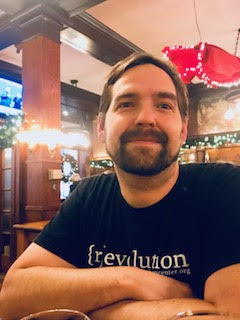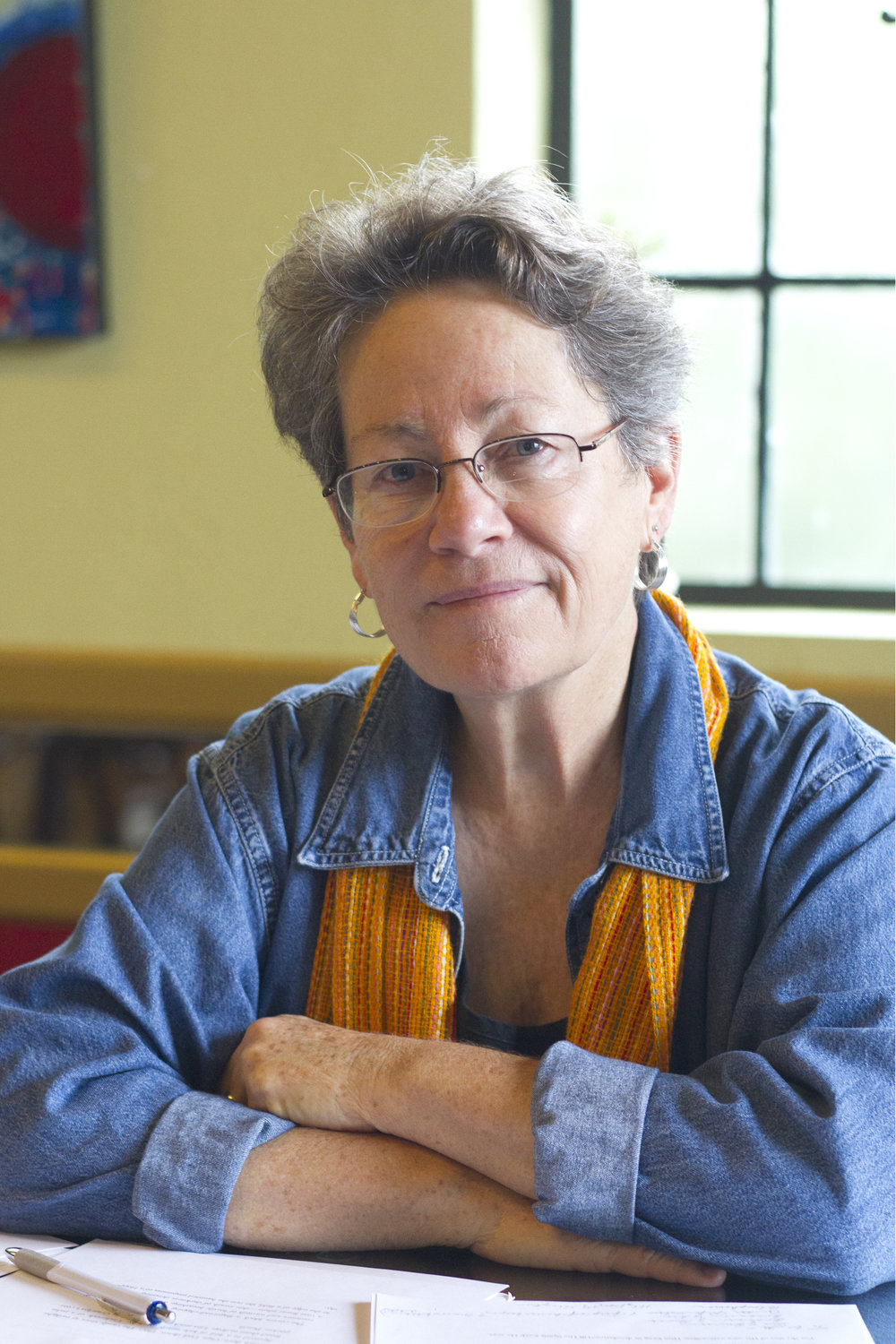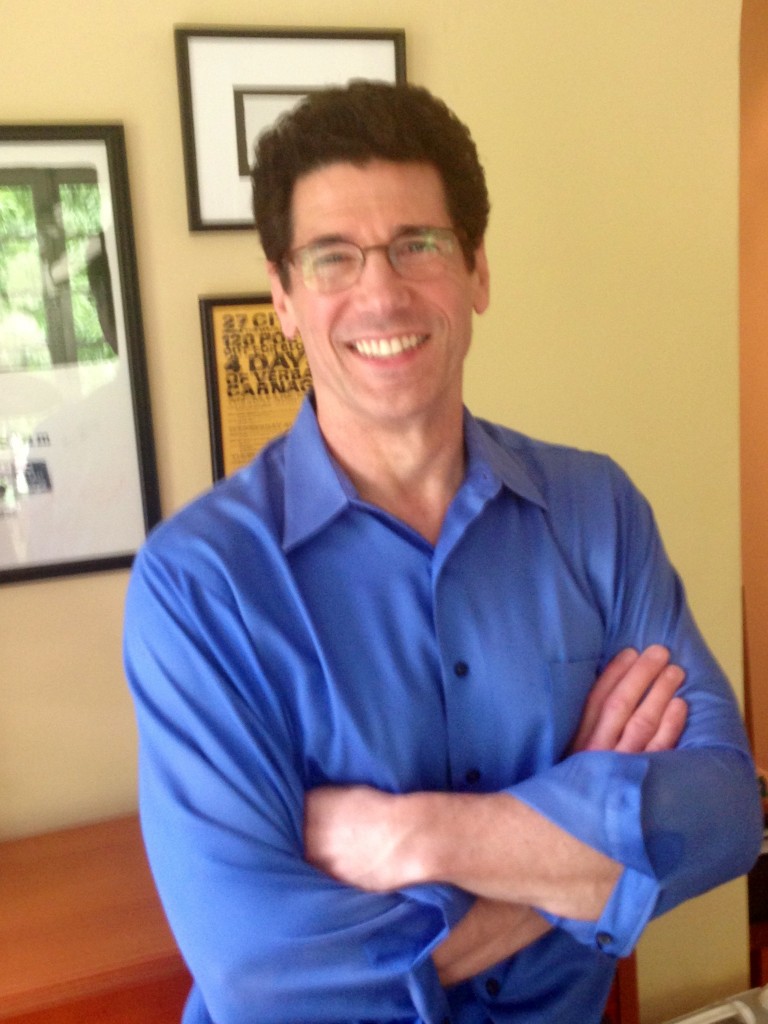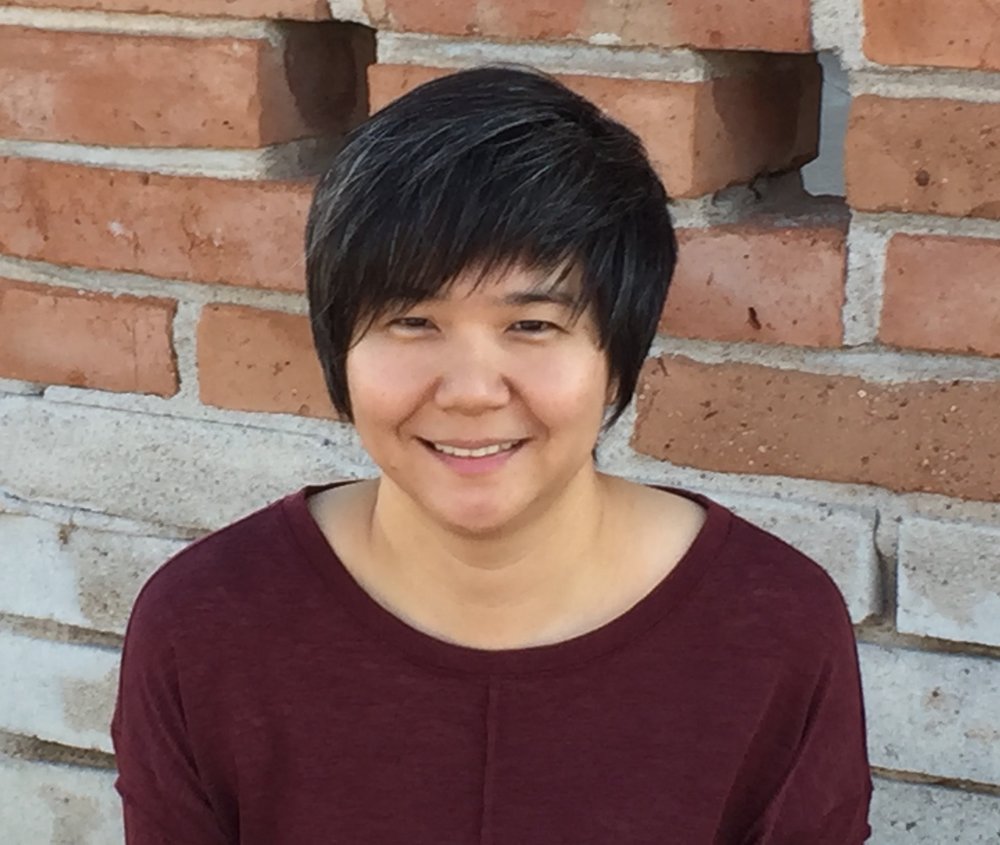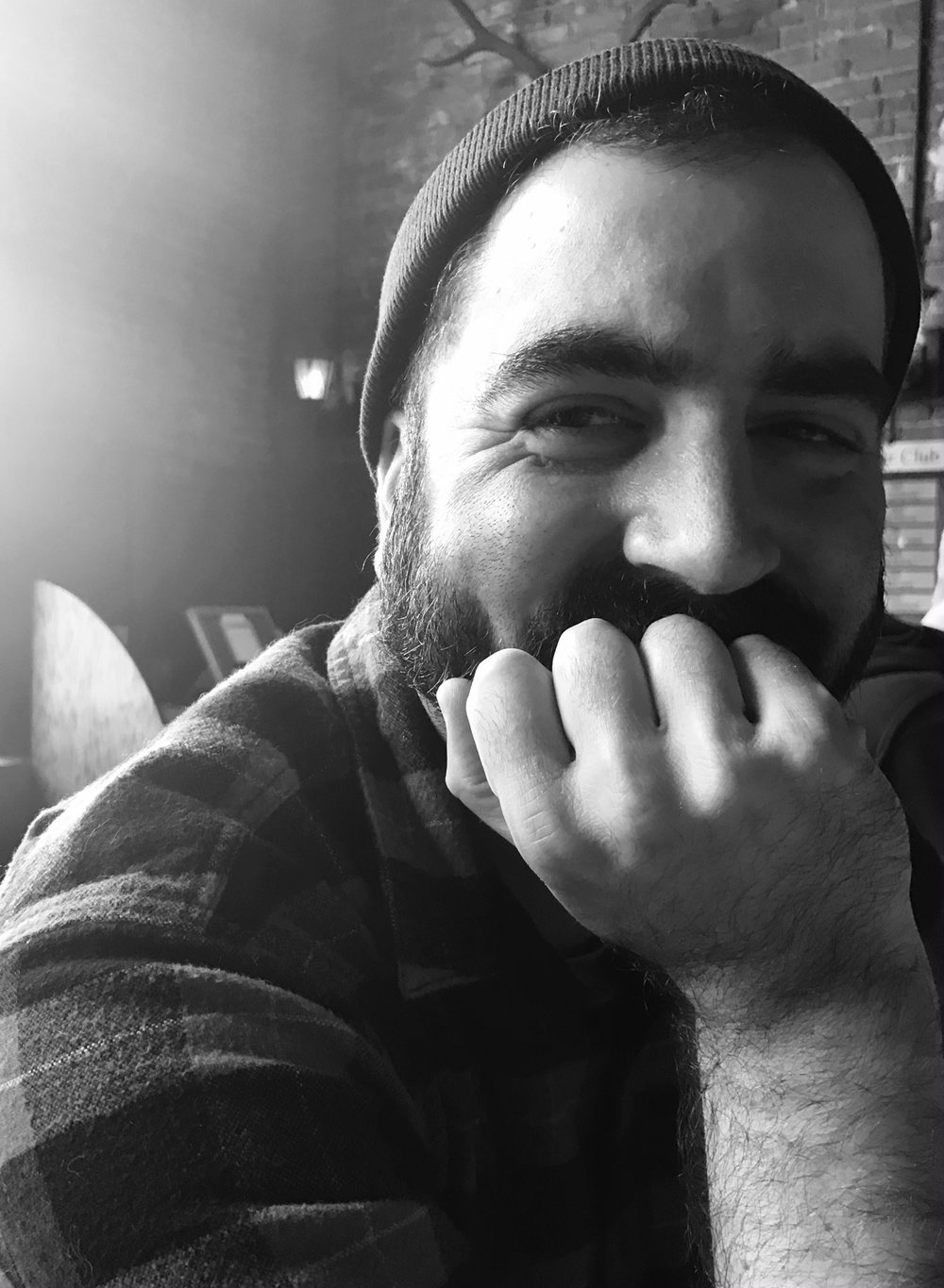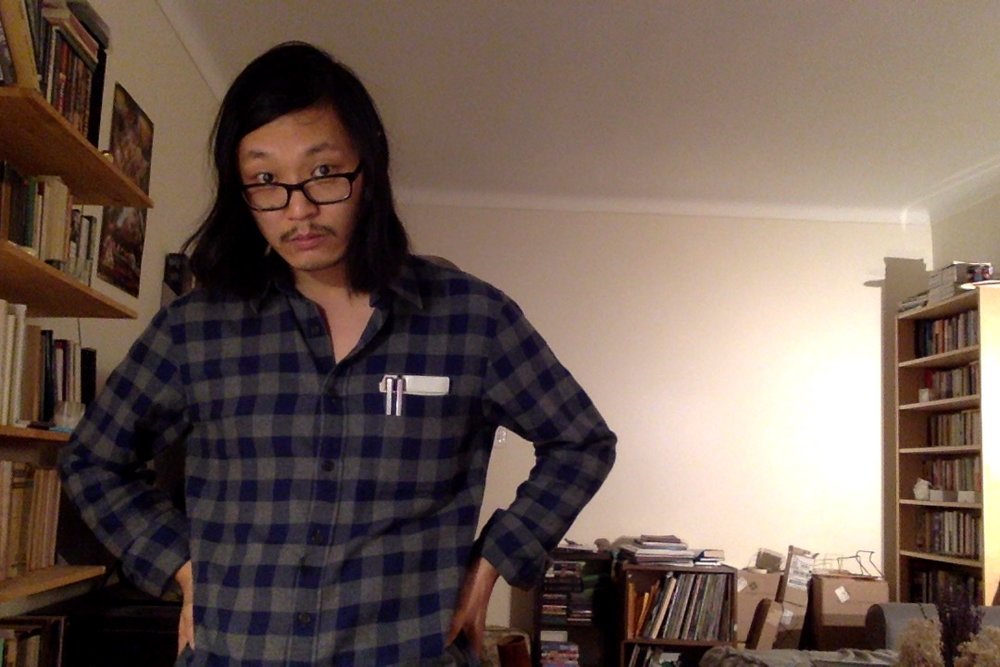
Jared Daniel Fagen is a writer living in Brooklyn and Arkville, NY. His prose and essays have appeared in The Brooklyn Rail, PLINTH, Numéro Cinq, Entropy, Vol. 1 Brooklyn, 3:AM Magazine, The Quarterly Conversation, Hyperion, and elsewhere. He is the editor of Black Sun Lit and a PhD student in Comparative Literature at The Graduate Center of the City University of New York.
His story, "Delight/Equal Dread," appeared in Issue Eighty-Three of The Collagist.
Here, he speaks with interviewer Dana Diehl about winter, giving up, and letting infringements into our writing.
What sparked your story, “Delight/Equal Dread”? Where did this story begin for you?
I suppose D/ED had begun from something dim instead. I actually remember this period of my writing fondly and distinctly. No, not distinctly, I remember it vividly, that is, then was about uncertain images. Perhaps it began from a kind of exhaustion, on a bench, at the burning end of a cigarette. Or rather from rest. I had just been walking or not yet able to set about. In any case I was not any more than a quarter mile away from my home in Prospect Heights, Brooklyn (hi DN-S), knowing I would have to start again somehow. All my favorite writers were walkers. I was bearing new discomforts in my body and in many ways recently done with “stories.” The writing of D/ED came from a freedom or easiness that follows forfeit. It was a December-January. A bench loses its charm in low temperatures. A bench can be strangely comforting in the cold. I walk out of some insensate habit frenzied, methodical, with my eyes pointed downward, nowhere to go and to go next. My prose had been up to that time traffic. Traffic is only bothersome when there is somewhere you’re expected to be or a destination ahead you desire to reach, passing the familiar landmarks. What I wanted was an end, yes, but one which would come at the eradication of mapped routes. Not too long ago I saw a friend post a photo that made me think of Valéry, who said prose was like walking and poetry like dancing. But I was becoming more interested in the meander in winter at weekday noontide when the sky is overcast and everything is hued gray by the residue of salts used to melt snow. You know, when everything looks scorched. So rest in the sense of unencumbered movement, as well as in what remains. They say life flashes before your eyes when you meet the end. I wanted to write the disorientation, the distortion, the memories that would flood and weren’t premeditated, forced, or fixed but isolated until instinctively (or neglectfully)—in their conjuring by means of the narrative performance of the writing—moved on from when I needed them most. Now I’m remembering a line I believe I have written. I’m looking back now. “Endings were satisfied quicker by surrender, by silence.” Oddly enough, this is from a story I had written not long before this one. To end is the possibility to recommence. So I suppose D/ED rose out of me from a wake.
This story has a very distinct voice. Is the voice in this piece similar to or different from the stories you typically write? How so?
D/ED was one (fragmented) text of several that I had composed during this time (c. 2015–16?) of relinquishment, stasis, and debility, in the faint winter of my writing. I don’t recall where it fits amongst the others in the series (I think five in total), but my guess is it was one of those texts written earlier on. There is a kind of exhilaration in D/ED, demonstrated by its paratactic restlessness, which is not as urgent in some of the other fragments. Most of my prose up to this point, in retrospect, had been too conscious of itself, that is, too tied to and labored by arrivals, keeping things, no matter how derelict or desperate I liked them to be, too aggressively intact, in the proper places I had in advance governed for them with agonizing effort. The voice in this work, I think, had been too controlled, commanding, deliberate, maybe more manipulative than suggestive. Yet nothing was really grounded, in the Heideggerian sense. The writing was already of ruinous things. While the nature of my writing as a whole—the impetus, the stirrings, the weariness where it comes from—has always been (and is) the same, D/ED and the aforementioned rest represent a narrative voice more interested in its process, in building and deprivation, in dwelling poetically, rather than combing or dredging an expressive textual site of recovery organized by literary tropes. The voice at the end of “stories” had to be equally as collapsing. It had to make visible not just the wreckage of a memory or image strewn about the page, but also the operation of their atrophy. It had to raise dead things at the meager end of their life. Life at the threshold of annihilation is both trepidatious and tranquil, the event of extreme limits. Things are more precious then, at their detriment. The voice became a thread and threadbare.
The Collagist published “Delight/Equal Dread” in June 2016. How has your writing or the focus of your writing changed since then?
D/ED marked a significant turning point in my writing. There is less interference from passersby, from pomeranians (hi M), from reality. Everything since then is just as feverish, which is to say as natural. The writing grows, it spirals, it sieves, and I’ve become meagerly its vessel, a colander. I am practicing temper turbulently. Many learn to inhabit writing, maybe for healing. But writing still inhabits me, maybe it’s my mania, the obsessions just as intense. I still begin the work when I find myself fraught with words, when a certain phrase pummels me. The unpublished work following D/ED and its counterparts is more tidal, does more violence to language. Perhaps now there is more stuttering, corruption, cosmic sorrow, a harder time letting go. I find myself concentrating more on committing offences, creating disagreements between parts of speech, and letting these infringements propel the narrative motion, rather than plot. The writing’s become mostly about rhythm, departure, spontaneity, association, correspondence, using language to erase myself, to complicate the determination of the voice. I’m writing further inflictions, last sips of air.
What is the latest story you read and loved?
“Finished Being” by Diane Williams, in New York Tyrant. Read it, it’s short. The story tells of a woman who “looked with respect” at a square of cement and “asked herself why she had to do that.” It’s only a sentence. Fiction can be so small, inconsequential, incipient. “Inconsequential” is an abundant modifier: it can mean unimportant, with little or no consequence (or aftermath), or, my favorite, neither here nor there. But back to the “story,” which, despite being only 30 words, is in all attributes still a story: it is an account of a character (she who looked) and event (the square of cement being looked at), real or imaginary, that is interrelated and sequential (the character looked, her eyes fell on the square of “cement-hued cement,” she noticed “a narrow frame of black tar” surrounding the square of cement, she reflected). It’s in the past. The adjectives “tar” and “cement-hued” are superfluous, almost comical, but they are there, serving no other function than appearance. What is the “story” about? Who is she? What kind of cement? Is it concrete? The kind used to make roads? Or prisons? What is “finished?” The story is simple, maybe: it’s about a way of seeing (hi André) “with respect.” Back again to words. The preposition “with” is used here in relation to something, defined as: “affected by (a particular fact or condition),” “indicating the cause of an action or condition,” and “because of (something) and as it happens.” Now “respect,” as in “a particular aspect, point, or detail,” due regard, or admiration. I think Williams is showing us that the best art, or the most meaningful—in the sense of what is indirectly expressed—is that which is stumbled upon, encountered by accident. Art is an imprint, hardening under the sun. It instills. It colors itself, exists only for itself. Art is an impurity. Art demands to be finished by its witness. But what is Williams actually describing? She isn’t. Words are insufficient instruments for essences, when they are merely glossed over for the benefit of fiction. Art has no reason or utility. Art invites. Like tar and cement, it preserves and perseveres. It is both monumental and elemental, a labor and an impartial luxury, a testament. To what? I don’t know. There’s a strange warmth in not knowing, in unknowing. Is the character who was looking at the block of cement the one who framed it with tar? Was she responsible for her own… remorse? Yes and no, I think. The indefinite article in “a solid square” and “a narrow frame” instead of the determiner certainly complicates things. Art is the experience of to be separated from and to submit to. For me, really, the question is, Can things just be? More importantly, What is being?
What is something you are working on now (writing or otherwise) that you are excited about?
For a little over a year now I’ve been at work on a novel, for lack of better words, which I endearingly refer to as “the thing” and have tentatively titled Nevertheless. It’s an exercise in hunger, love, and language, about treadmills and grammar and being orphaned. Writing itself. I see no end in sight, that is, it seems to still have a little life left in it. As a rule I write painfully slow. I didn’t know I would be writing a book. Usually I write without knowing I’m writing, and once realized until I become famished. With “the thing” words have a habit of returning out of nothing long since I’ve believed them perished. There is what’s written and yet what to write. I know where I want to go with it—or, there are images and memories still left to forsake, words still left to mutilate—but not where it’ll end up, and that’s all well and good. If anything the longevity’s been a new writing experience, though I think “the thing” is maybe more faithful to the torrent of D/ED than some of the others that have come after. I’ve collected some of the work from around and since the D/ED sequences into a chapbook, which to my mind sounds nice, but at the moment I’m not so concerned with sending work out. What a relief! Demoralizing myself in the writing is more productive. I’d like to get back to capturing the cursory impulses again, though, to hastier suffocations, after the long thing has ceased in me.



